Let's Know More

Painting, the expression of ideas and emotions, with the creation of certain aesthetic qualities, in a two-dimensional visual language. The elements of this language—its shapes, lines, colours, tones, and textures—are used in various ways to produce sensations of volume, space, movement, and light on a flat surface. These elements are combined into expressive patterns in order to represent real or supernatural phenomena, to interpret a narrative theme, or to create wholly abstract visual relationships. An artist’s decision to use a particular medium, such as tempera, fresco, oil, acrylic, watercolour or other water-based paints, ink, gouache, encaustic, or casein, as well as the choice of a particular form, such as mural, easel, panel, miniature, manuscript illumination, scroll, screen or fan, panorama, or any of a variety of modern forms, is based on the sensuous qualities and the expressive possibilities and limitations of those options. The choices of the medium and the form, as well as the artist’s own technique, combine to realize a unique visual image. Earlier cultural traditions—of tribes, religions, guilds, royal courts, and states—largely controlled the craft, form, imagery, and subject matter of painting and determined its function, whether ritualistic, devotional, decorative, entertaining, or educational. Painters were employed more as skilled artisans than as creative artists. Later the notion of the “fine artist” developed in Asia and Renaissance Europe. Prominent painters were afforded the social status of scholars and courtiers; they signed their work, decided its design and often its subject and imagery, and established a more personal—if not always amicable—relationship with their patrons.
Painting is one of the oldest art forms. When societies began crafting tools and making fire, they were also learning to represent the world in pictures. These pictures were recorded in cave paintings that still exist today. Some of the oldest paintings known to exist can be found in the Chauvet Cave in France. The art of painting evolved over time, through the hieroglyphics of ancient civilizations to the classical and Renaissance paintings that hang in the Louvre today.Tools
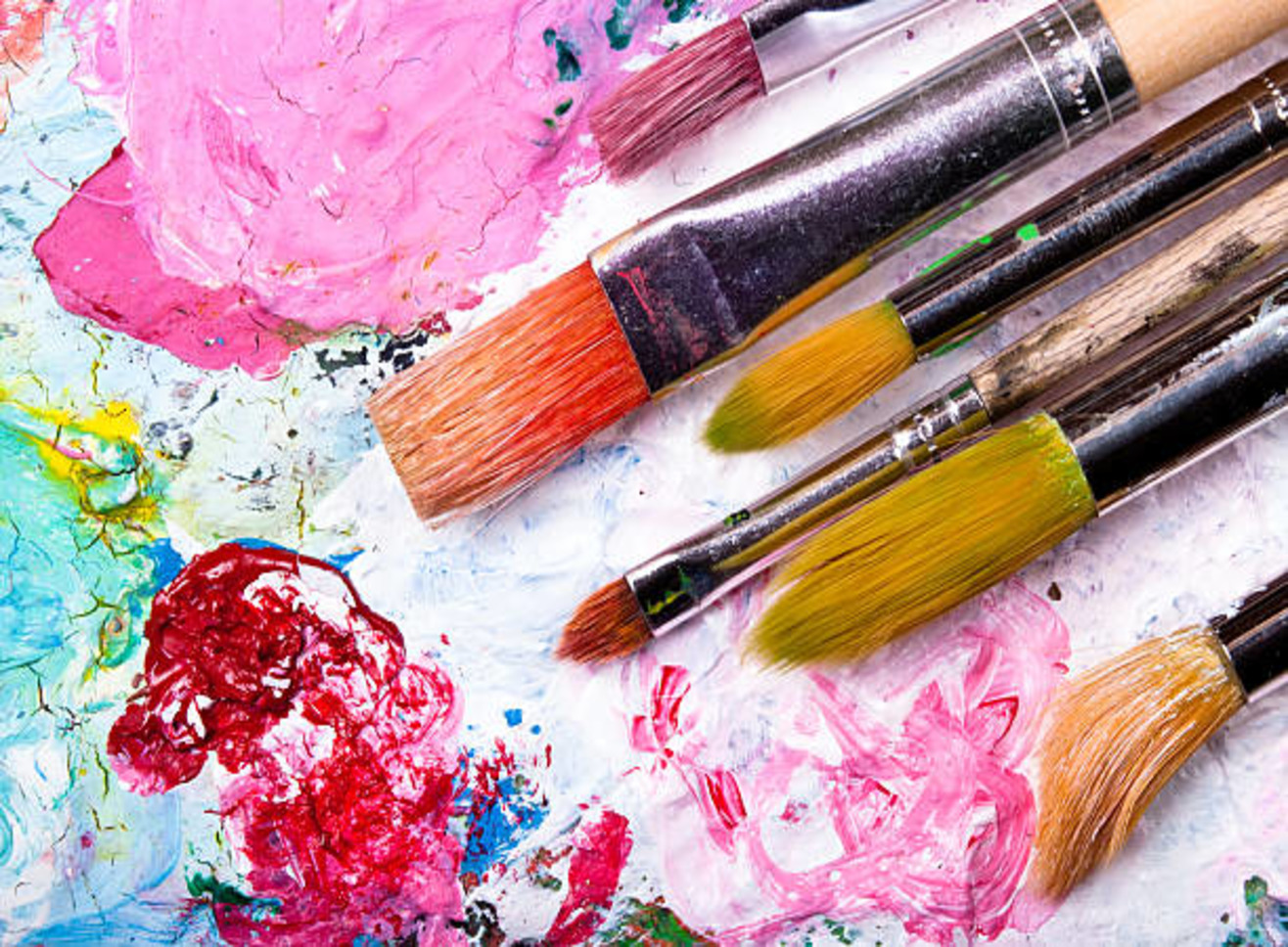
Paint Brushes
.jpg)
Sketch Pens
.jpg)
Colour Pencils
.jpg)
Graphics Pencils
.jpg)
Crayons
.jpg)
Ink
Paintings
 X
X
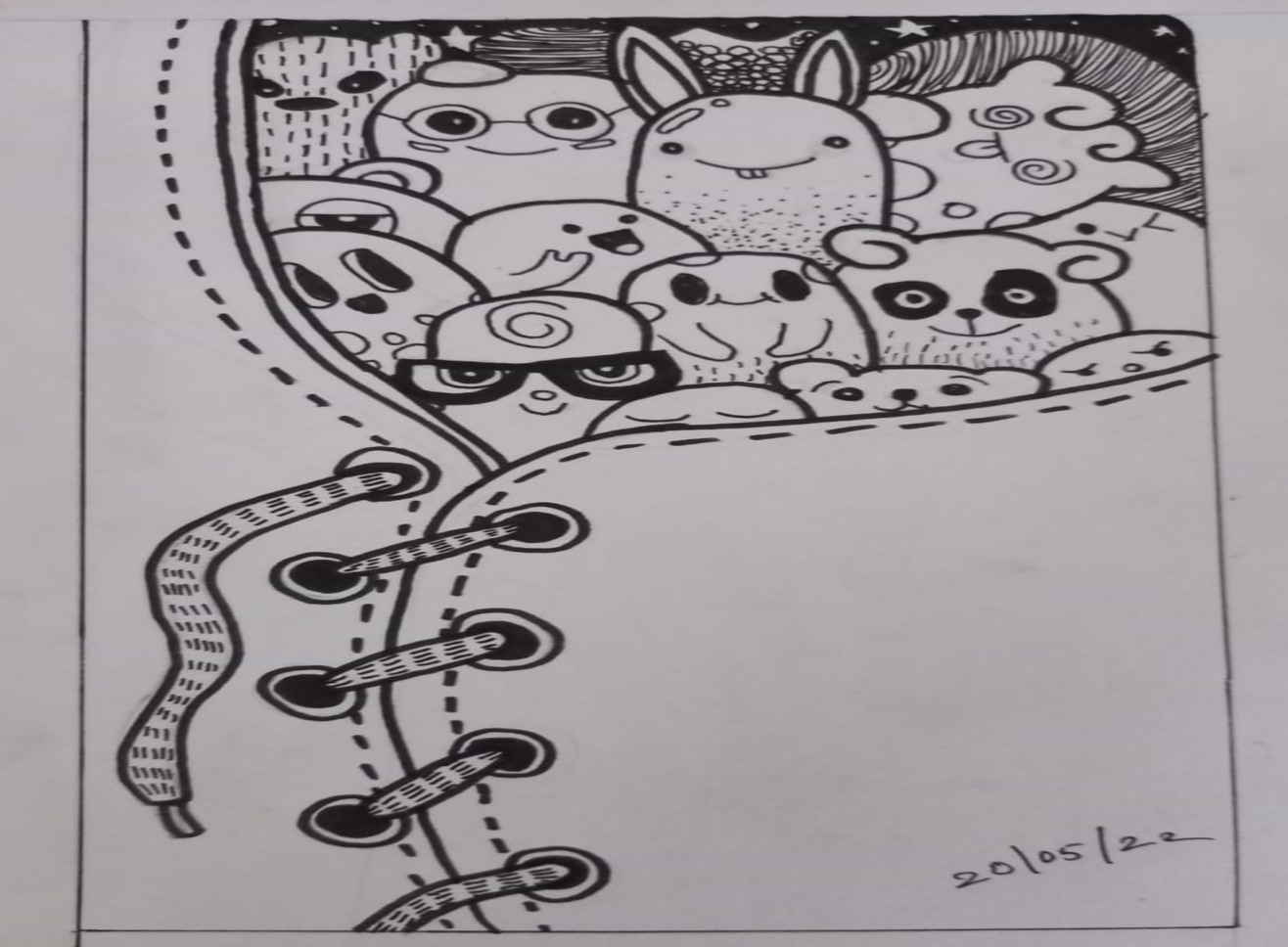
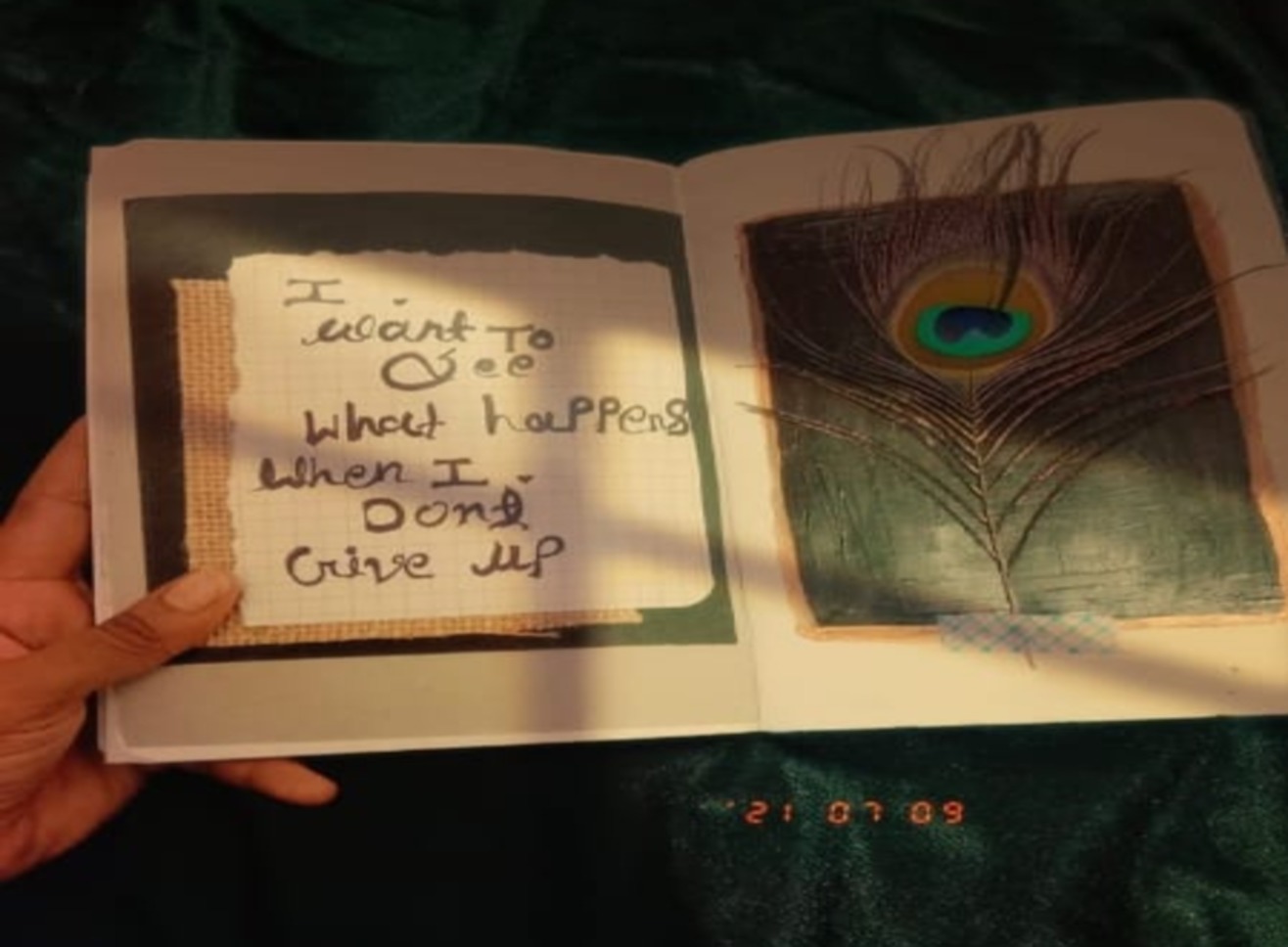


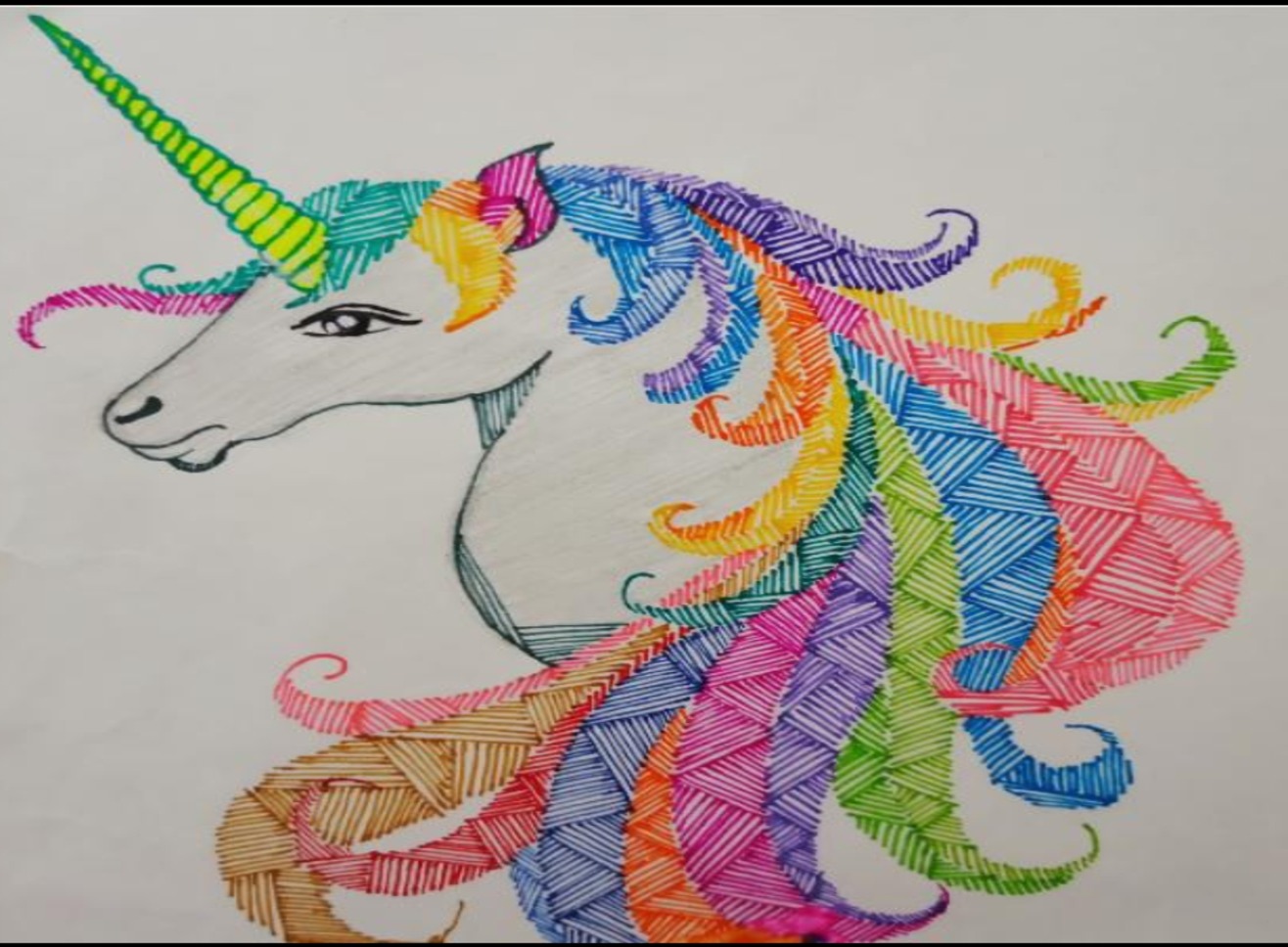


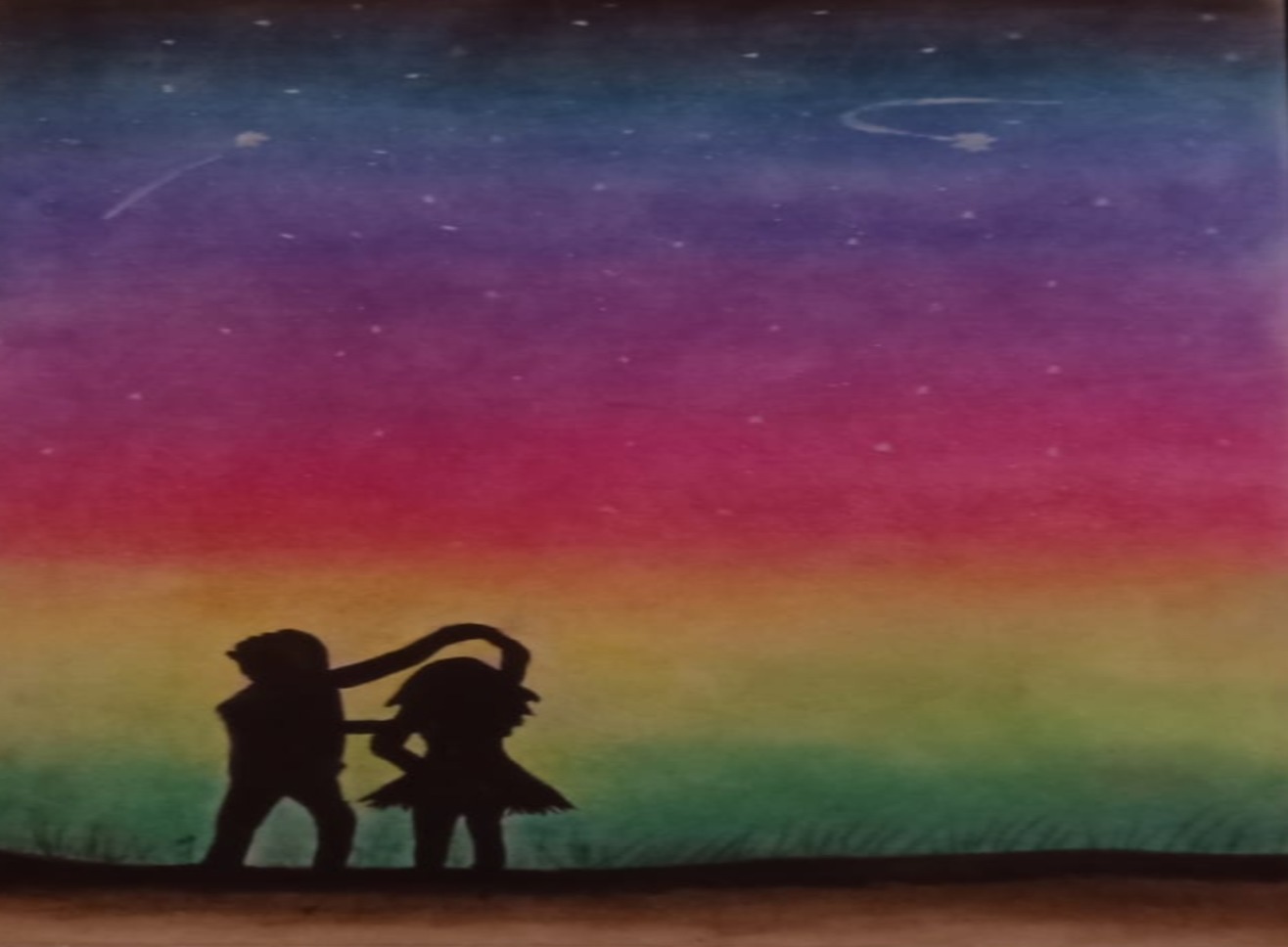
.png)
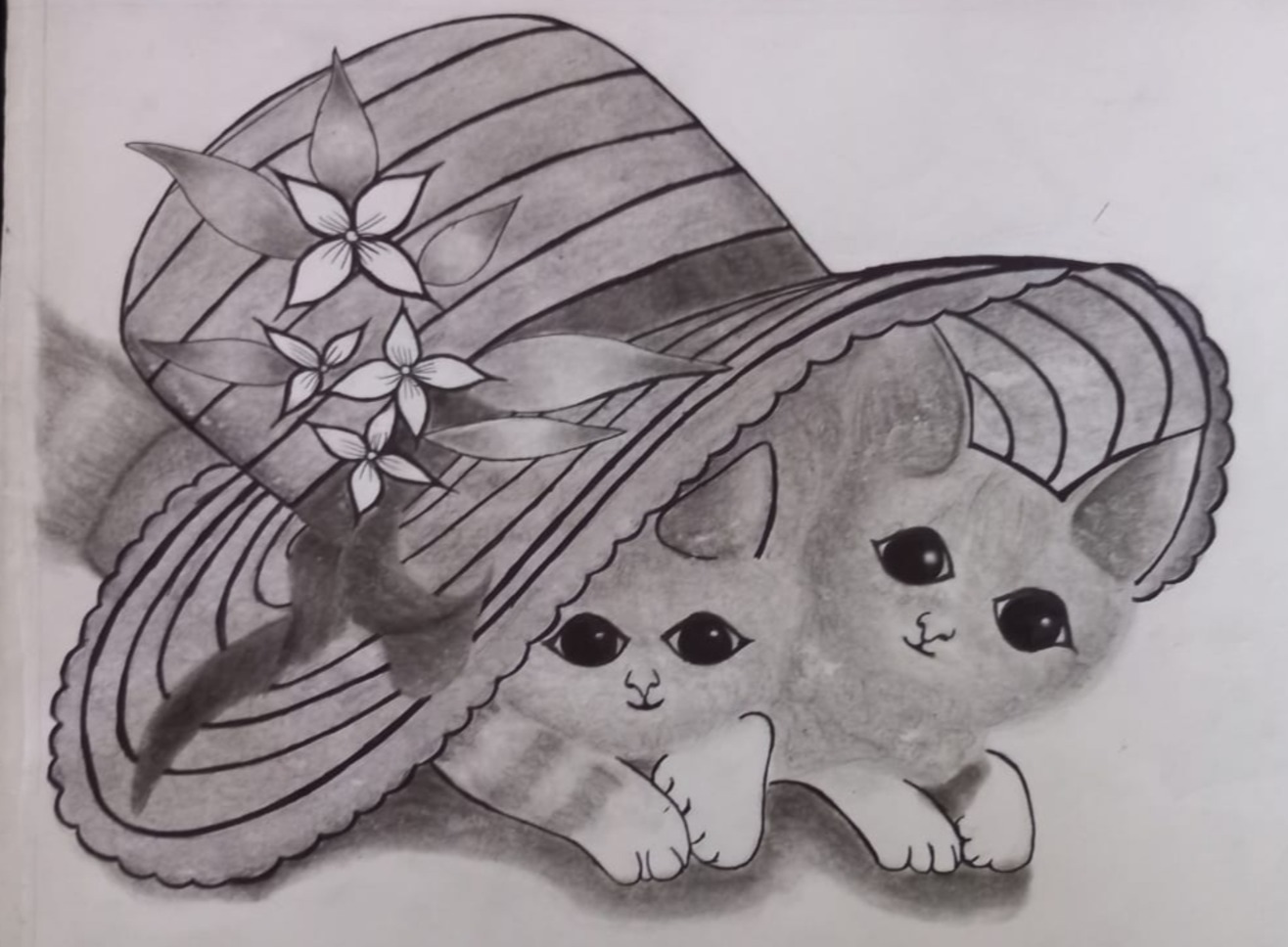
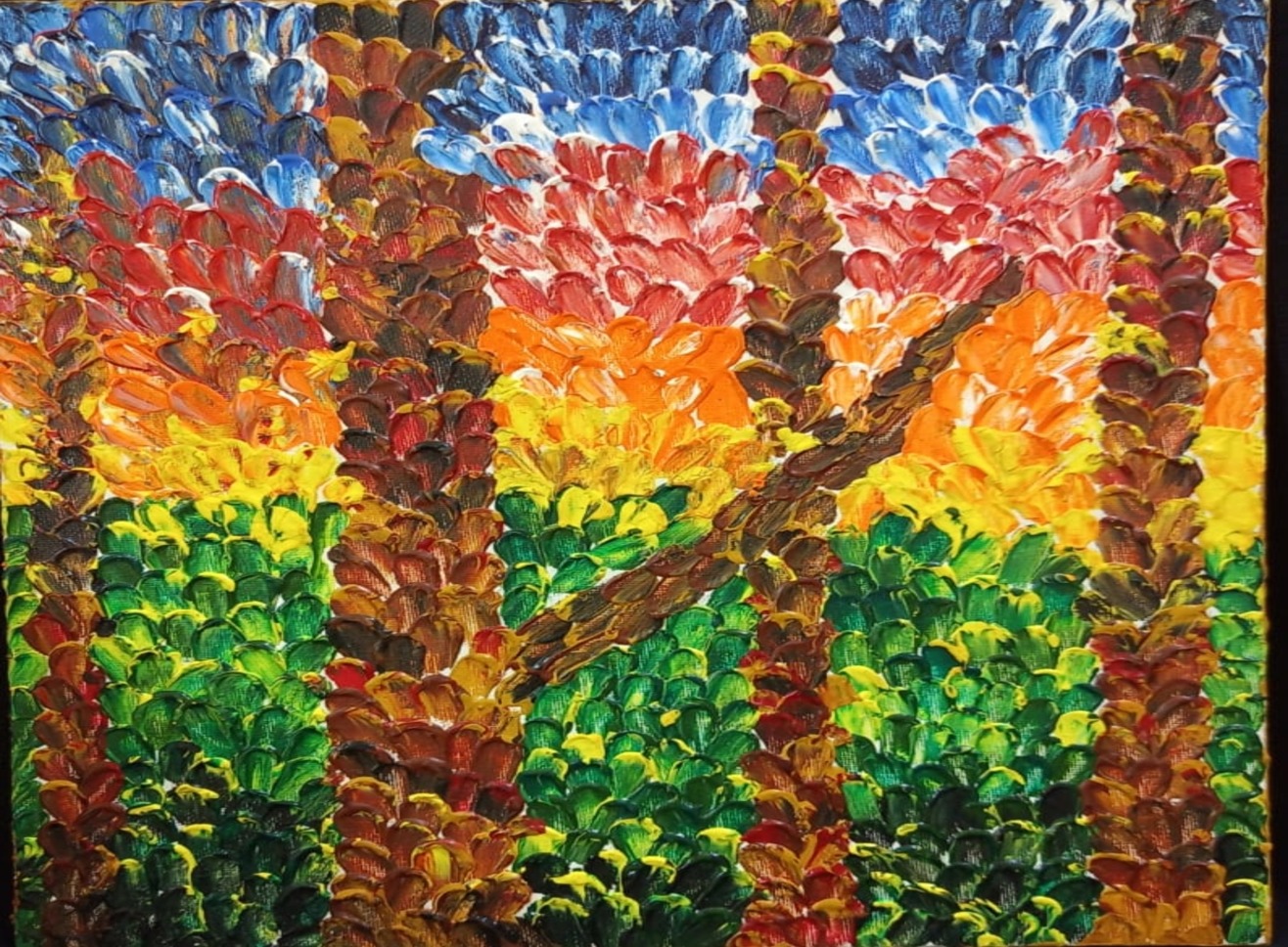

Drawing
Artwork






